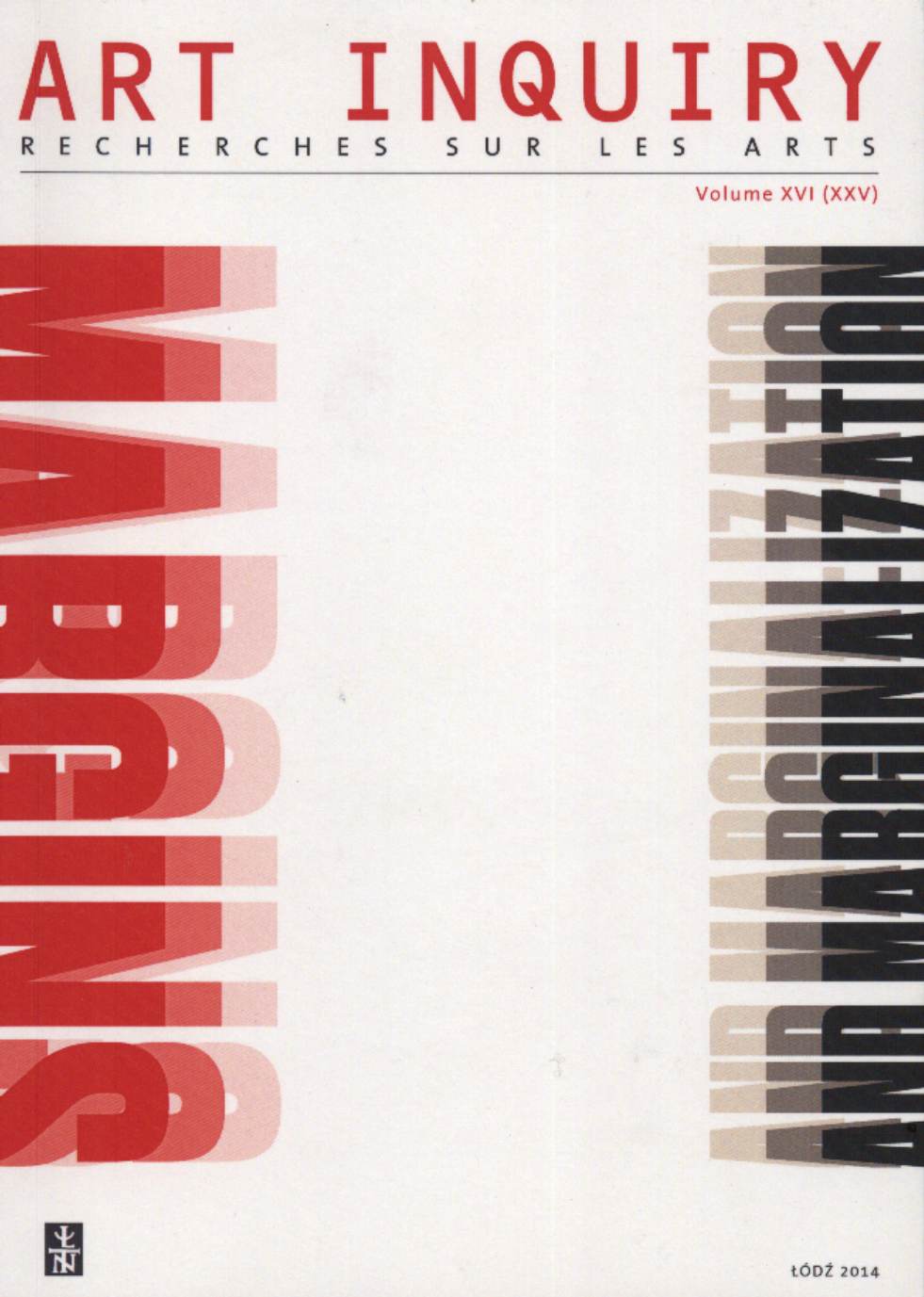The margins of transcendence in contemporary art
The margins of transcendence in contemporary art
Author(s): Grzegorz SztabińskiSubject(s): Philosophy, Fine Arts / Performing Arts
Published by: Łódzkie Towarzystwo Naukowe
Keywords: contemporary art; transcendence; secularization; modern iconoclasm; the role of the margins in the study of art
Summary/Abstract: According to the widespread opinion, contemporary art does not seek to express transcendent reality. Questioning this view, the author of the article examines two aspects of the problem. The first concerns the use of Christian iconography in contemporary works. The artists employ it a non-traditional way, usually in the contexts related to everyday life, which leads to an impression of secularization. Sometimes such actions provoke protests from viewers due to alleged blasphemy. Sztabiński sees the root of the problem in the formation of a new sensibility bent on emphasizing the “earthly” dimension of existence, and treating transcendence only as a more or less tangible prospect. This situation is defined here as an interest in the “skin of transcendence”, in reference to the title of the article by S. Brent Plate. Artistic examples enabling the author to clarify the meaning of this metaphor include the works of Robert Gober, Kiki Smith, Teresa Murak and Wolfgang Laib. The second type of references to transcendence in contemporary art will be discussed here in the context of the iconoclastic tradition. The author examines twentieth-century non-representational art in the light of the book by Alain Besançon devoted to the intellectual history of iconoclasm. Besançon described this kind of art as an expression of the desire to convey “a truly worthy image” of the divine, as it is liberated from all earthly concerns. In view of that, can postmodern artistic practice, involving the reduction of the geometric forms believed to express transcendence (such as Malevich’s “black square”) to their banal practical uses, be considered to create simulacra of transcendence? The author also reflects on the quest for an extra-metaphysical path towards transcendence in contemporary art, as the artists try to find it in “abnormal language” and private epiphanies. The article concludes with some comments on the necessity of treating what appears to be marginal in contemporary art as a valid area of research. The author argues that not only the margins of transcendence, but all other artistic margins should be subjected to broader scholarly reflection.
Journal: Art Inquiry
- Issue Year: 2014
- Issue No: 16
- Page Range: 58-85
- Page Count: 28
- Language: English

